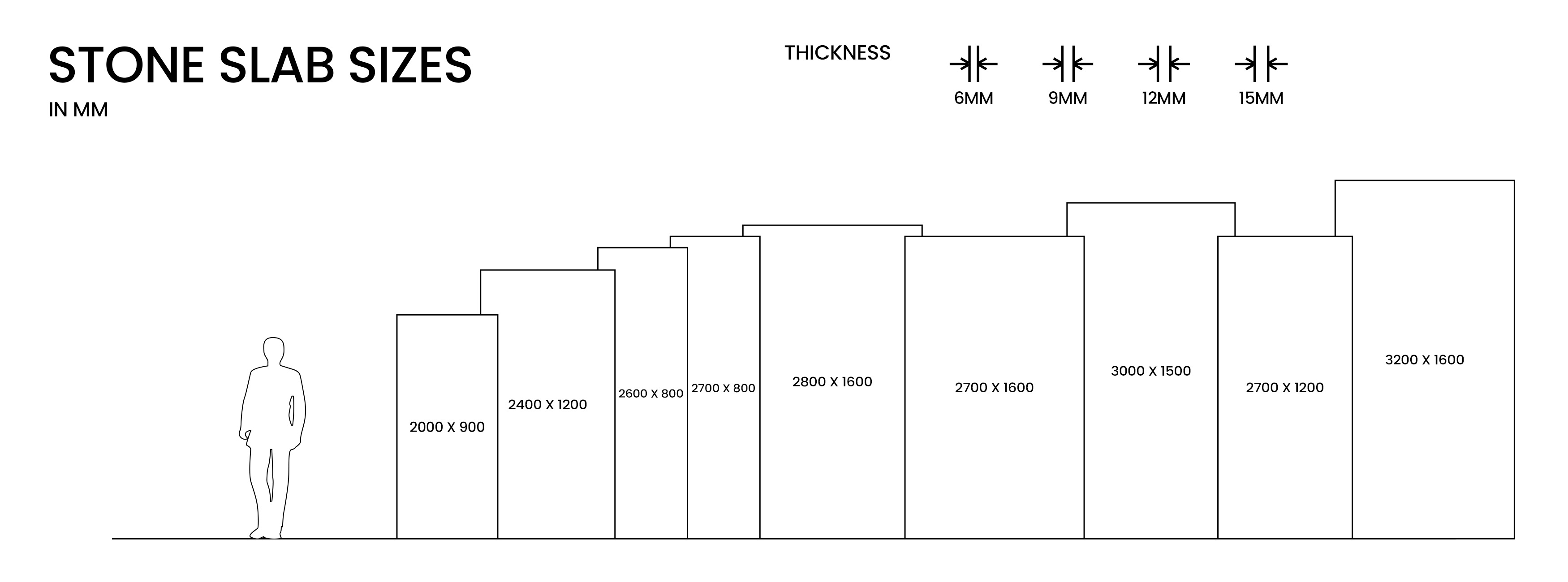
| Feature | Sintered Stone | Porcelain |
|---|---|---|
Composition | Sintered stone is made by compacting natural minerals such as quartz, feldspar, silica, under high temperature and pressure. This sintering process creates a dense, durable and non-porous material with a uniform composition throughout. | Porcelain tiles are made from a mixture of clay, quartz and other natural materials that are fired at high temperature. This process creates a material that is also very strong and durable, but it is not as dense as sintered stone. Porcelain tiles are also more porous than sintered stone. |
Production Process | High heat and pressure applied without a liquid phase to compact materials. | Traditional ceramic process: shaping, drying, firing, and glazing. |
Density and Porosity | Lower porosity and higher density, making it more resistant to stains, scratches, and wear. | Dense and low porosity, but may be less resistant to wear compared to sintered stone. |
Thickness | Available in larger format slabs and varying thicknesses. | Typically thinner and in standard tile sizes. |
Applications | Suitable for kitchen countertops, flooring, wall cladding, and exterior applications. | Commonly used for flooring, walls, and backsplashes; less suitable for heavy-duty applications like countertops. |
Water Resistance | Non-porous structure with 0.02% water absorption, making it highly water-resistant. | Less porous with about 0.5% water absorption. |
Production Standards | Higher production standards result in a harder, denser material (7-8 on Mohs scale). Achieves Class A fire rating and remains unaffected by high temperatures, suitable for cooking applications. | Porcelain lacks the same hardness and density, and does not achieve similar fire ratings or resistance to high temperatures. |

.png)